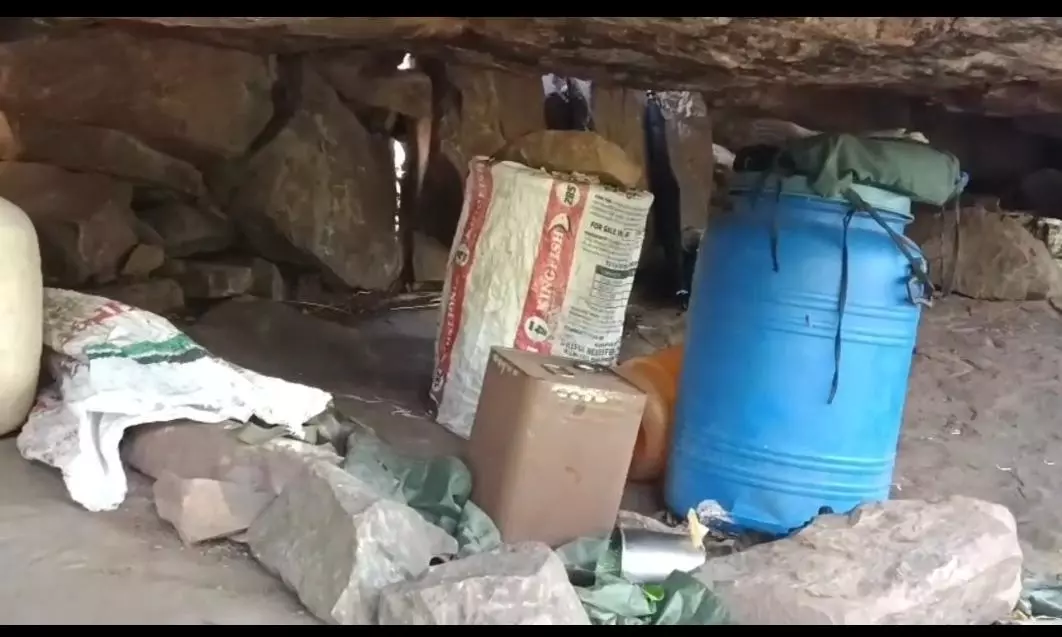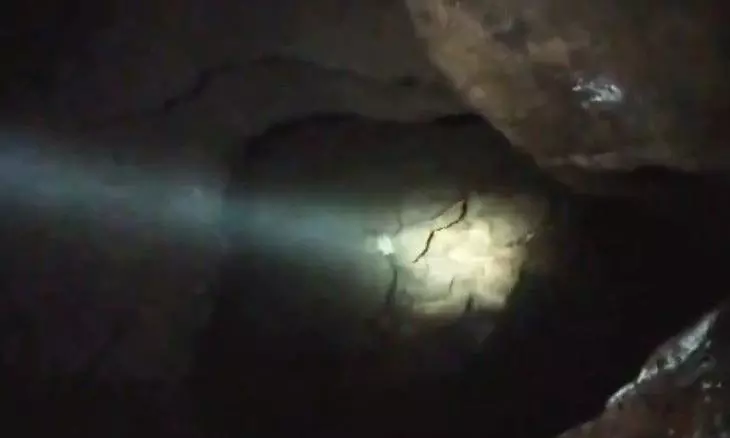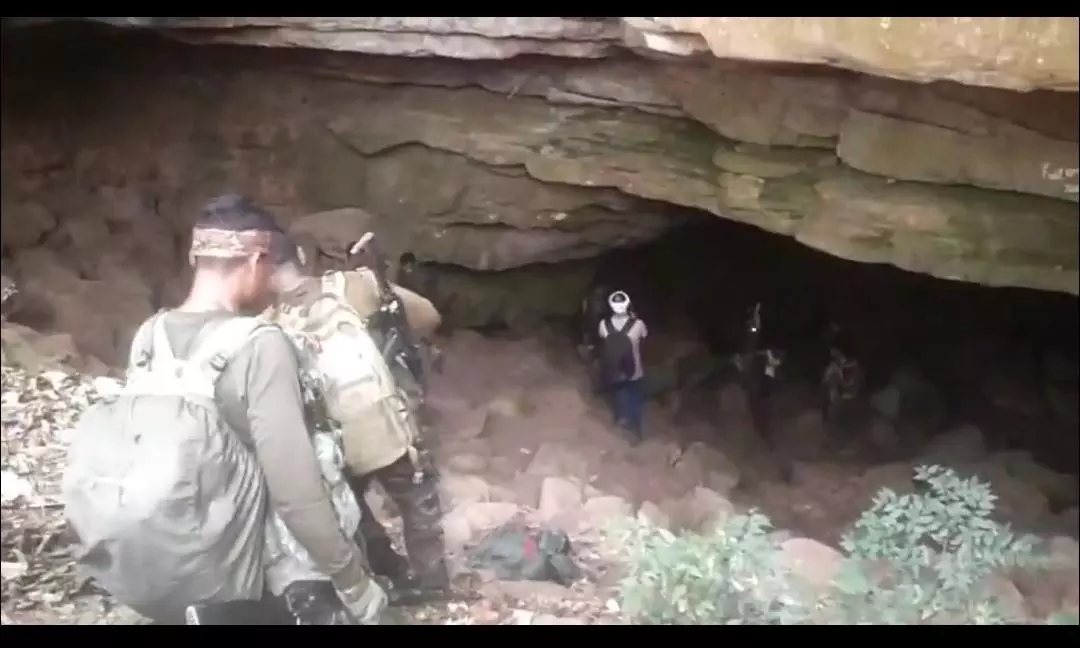Multiple Cycle Of Operations On Cards For Complete Sanitization Of Karregutta: Cops
Police Release Black Forest OP video
Raipur: Multiple cycles of anti-Naxal operations are on the cards in the Karregutta Hill range on the Chhattisgarh- Telangana border in coming days to completely sanitize the forested terrain spanning over 800 sq km, once considered impregnable fort of Maoists, police said on Friday.
Top brass of the security establishment is now busy analyzing the recently concluded 21-day operation in the Karregutta hills, loosely translated in English as black forest, and planning the next cycles of operations in the area, sources disclosed to this newspaper.
“On record, we are now dominating the area after the 21-day anti-Naxal operation that ended on May 11. But many cycles of operations are needed to be launched in the area to make it completely free of Maoist influence”, a senior police officer, involved in shaping anti-Naxal strategy, told this newspaper, requesting not to be quoted.
The challenging geographical location of the hill range and the rough terrain pose a serious challenge to the security forces to clear the area of Maoists completely, he added.
The police on Friday released a video showing the intrusion of security forces in the Maoist stronghold of Karregutta Hills range.
The Karregutta Hills range have heights of 700 ft to 900 ft at certain points and it is difficult to scale the hills because of the stiff and rough cliffs.
Besides, the hill range is around seven-eight km from human habitations from both sides of Chhattisgarh and Telangana, making it an ideal safe haven for the Naxal leaders.
“The counterinsurgency forces particularly dealing with the Leftwing extremism are not well versed with conducting operations against the insurgents in such locations. It was totally different type of operation for them”, the police officer said.
There are over 250 caves, both big and small, in the hill range and Maoists were using them as their shelters, storage of arms and ammunition, weapon manufacturing facilities, hospital and storage of ration.
The hill range has several streams and waterfalls.
“Maoists have stored enough ration, medicines and other essentials for at least two years. Around 400 Naxals used to take shelter in the hill range. Around 4,000 kgs of rations such as rice and pulses were recovered from some caves during the anti-Naxal operation”, the police officer said.
Maoists’ fabrication units set up in some large caves in the hill range used to manufacture guns, IEDs, grenades, barrel grenade launchers (BGLs) and BGL shells, he said.
Maoists seem to have established their base in the hill range around one and half years ago following mounting pressure on them by the security forces in south Bastar particularly Abujhmad area, sources said.




